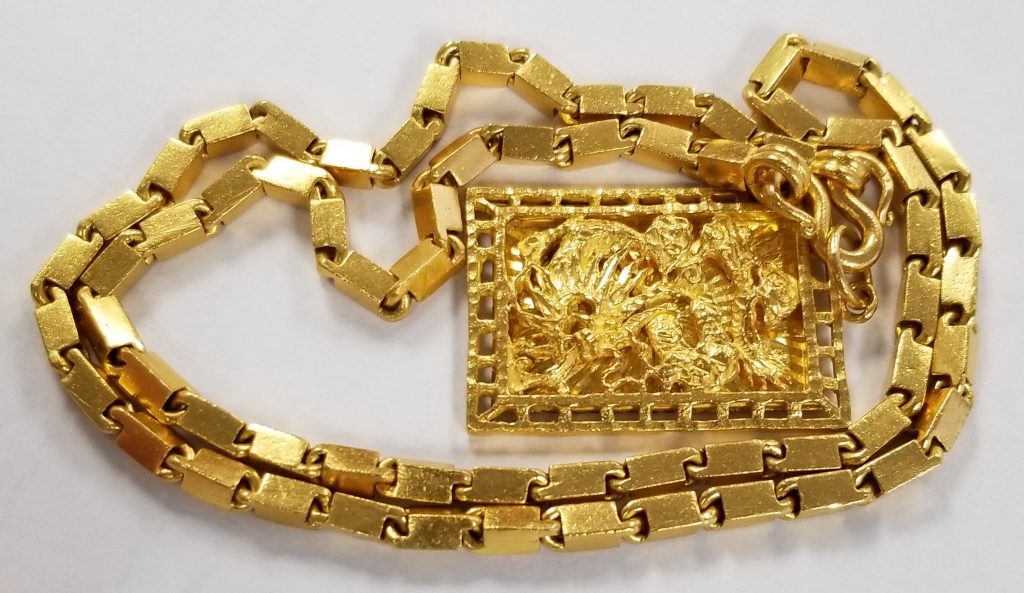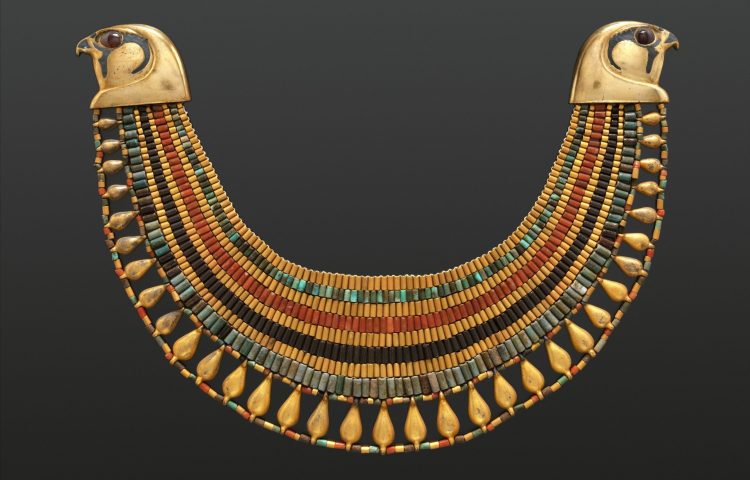Exploring Historical Data on Gold Jewelry Prices
The journey of gold jewelry prices through history tells a compelling story of economic evolution, cultural significance, and shifting market dynamics. Gold has been a valued material for adornment and wealth preservation for thousands of years, but its monetary value as expressed in jewelry prices has seen significant fluctuations based on broader historical developments. In ancient civilizations like Egypt and Mesopotamia, gold jewelry was a marker of power and divinity. Although there is limited pricing data from these eras, historians note that gold was valued more highly than many other commodities and often served as currency itself. Fast forward to the Roman Empire, and gold jewelry maintained a stable, esteemed value, though still largely disconnected from modern financial market dynamics.
It wasn’t until the 19th and 20th centuries, with the establishment of the gold standard and the development of international trade networks, that gold jewelry prices began to be influenced by broader economic factors. During the gold standard era (approximately 1870 to 1914), gold prices were fixed relative to national currencies, leading to relatively stable jewelry prices, although craftsmanship, design trends, and cultural factors continued to drive variations in retail values. After the collapse of the gold standard and especially after the United States abandoned it completely in 1971, gold became a freely traded commodity, and jewelry prices became increasingly tied to the volatile gold spot price. The inflationary shocks of the 1970s, for instance, triggered a dramatic rise in gold prices, which in turn made gold jewelry significantly more expensive. Conversely, during periods of economic stability and low inflation, such as the 1990s, gold prices and jewelry costs were relatively subdued.
How Economic Events Have Impacted the Value of Gold Jewelry Over Time
Economic events have consistently played a pivotal role in shaping gold jewelry prices. The Great Depression of the 1930s saw a paradoxical scenario where gold’s price was fixed at $35 an ounce in the U.S., but the demand for gold jewelry declined sharply due to widespread financial hardship. Jewelry became a luxury few could afford, and prices, while technically stable, reflected reduced market activity. World War II further disrupted gold markets, with governments restricting gold ownership and diverting precious metals toward wartime needs, significantly dampening the jewelry sector.
Post-war economic booms, especially the prosperity of the 1950s and 1960s, saw renewed demand for gold jewelry as symbols of status and celebration. However, it was the economic turmoil of the 1970s—characterized by stagflation, oil crises, and currency devaluations—that truly catapulted gold jewelry prices to new heights. As gold spot prices soared from $35 to over $800 per ounce by 1980, the jewelry market responded with higher prices and a surge in designs that maximized gold’s visibility and weight, appealing to consumers seeking both beauty and investment value.
In the late 20th century, the globalization of manufacturing and the rise of new markets, especially in Asia, introduced new dynamics. Countries like India and China, where gold jewelry holds deep cultural importance, became major drivers of global demand. The 2008 financial crisis is another landmark event that influenced gold jewelry prices. As traditional financial assets plummeted, gold’s appeal as a safe-haven asset soared, pushing gold prices—and by extension, jewelry prices—to record highs.
In the 2010s, a combination of factors, including monetary easing policies, political uncertainties, and evolving consumer preferences toward lighter, more affordable gold jewelry designs, brought about more nuanced pricing behaviors. Jewelry became more accessible to a wider range of consumers through 14k and 18k gold options, and new forms of investment-grade jewelry collections blurred the lines between adornment and asset.

Predictions for the Future of Gold Jewelry Prices Based on Historical Trends
Drawing from historical patterns, several predictions can be made about the future trajectory of gold jewelry prices. Firstly, the strong relationship between macroeconomic instability and rising gold prices suggests that gold jewelry will continue to appreciate in value during periods of economic uncertainty. Given current concerns over persistent inflation, global debt levels, and geopolitical instability, many experts predict that gold prices will maintain an upward bias into 2025 and beyond. Consequently, gold jewelry prices are likely to follow this trend, albeit with some lag and variation based on design and brand positioning.
Secondly, consumer behavior will continue to evolve. Historical data shows that during times of financial strain, buyers prefer lighter, simpler pieces with lower labor costs, while during economic booms, there is a shift towards heavier, intricate designs. The trend towards minimalist jewelry, driven by younger generations valuing versatility and affordability, suggests that while gold prices may rise, the average weight of jewelry pieces may not increase proportionately, moderating price growth at the retail level for certain market segments. However, luxury, bespoke, and heritage gold jewelry pieces are likely to experience sharper price escalations, given their intrinsic and collectible value.
Thirdly, the impact of technological innovation cannot be underestimated. Digital platforms have expanded access to jewelry markets, increased price transparency, and fueled competition among retailers. This digitalization may temper extreme retail price spikes by enabling consumers to compare options globally. Additionally, advancements in manufacturing and design may introduce cost efficiencies that could offset some upward pressure on prices.
Another critical factor is the growing emphasis on sustainability and ethical sourcing. Historical trends demonstrate that consumer values evolve alongside broader societal shifts. Today’s consumers are increasingly willing to pay a premium for ethically sourced gold jewelry, mirroring trends in other luxury sectors. Certifications such as Fairmined or Responsible Jewellery Council membership may become significant market differentiators, with their associated costs reflecting in jewelry pricing structures.
Lastly, the influence of emerging markets remains a potent force. Historically, when nations like India and China ramped up gold consumption, it drove global demand and prices upward. As incomes rise across Southeast Asia, Africa, and Latin America, new waves of gold jewelry demand are likely to emerge, further supporting price appreciation over the long term.
In summary, the history of gold jewelry prices provides invaluable lessons for investors, retailers, and consumers alike. Economic events, consumer sentiment, and cultural factors have all played significant roles in shaping price trends, and they will continue to do so in the future. By understanding the forces that have historically influenced the value of gold jewelry, market participants can better navigate the challenges and opportunities that lie ahead in an increasingly complex global economy.



































